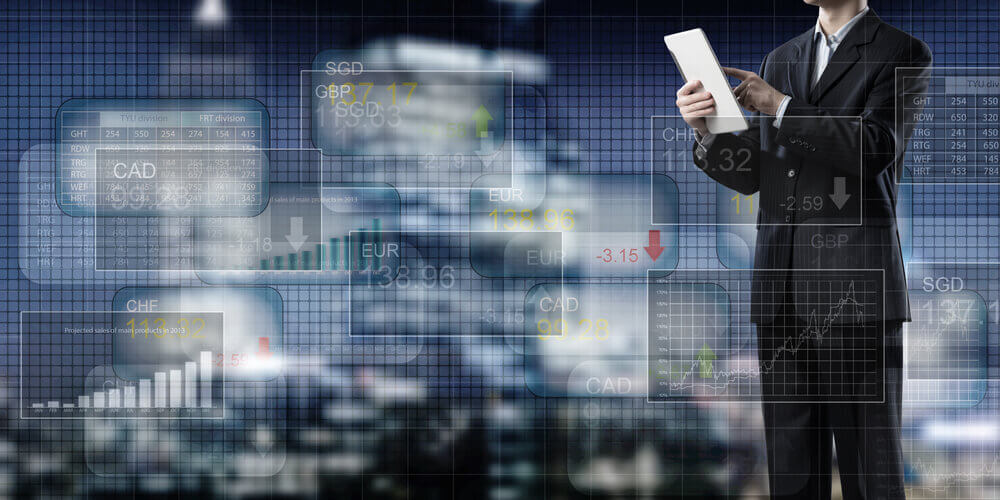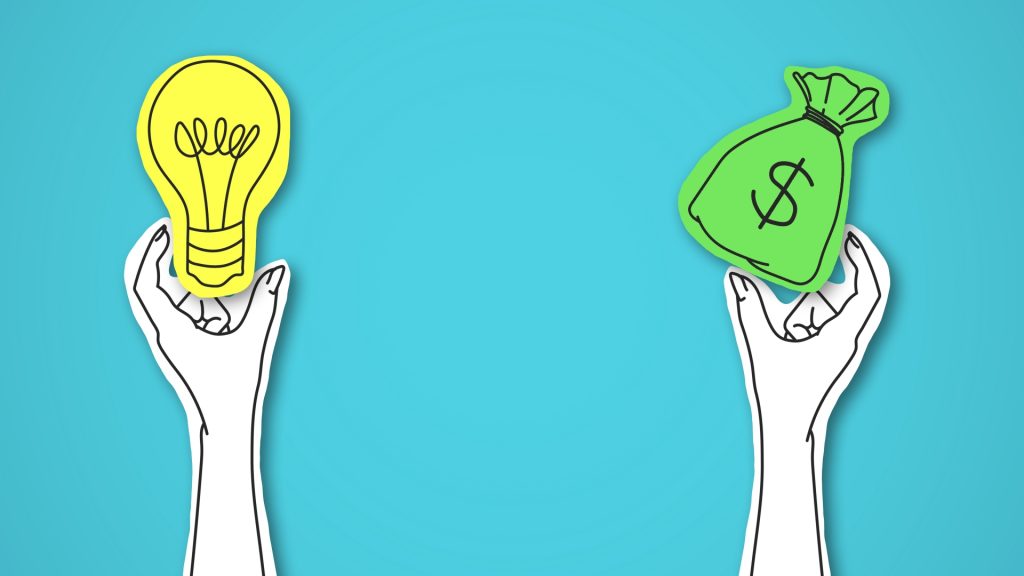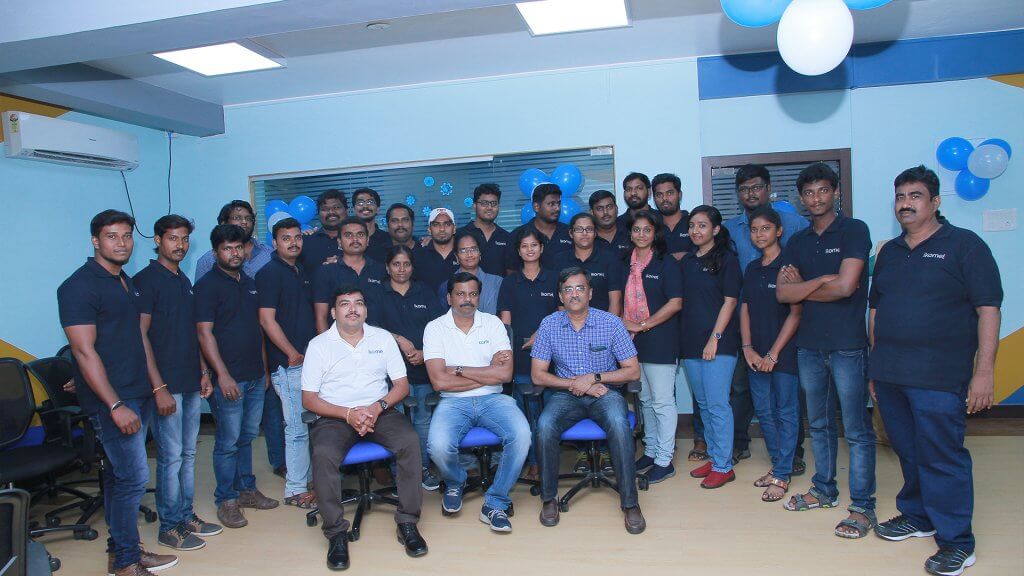
UX Design, the magical realm where technology meets the human touch, is an ever-evolving field. With technology progressing at a breakneck speed, the future of UX design looks nothing less than ground-breaking.
So, buckle up as we take a thrilling ride through the emerging technologies revolutionising UX design.
1. The Marvel of Machine Learning
Remember when you first heard about machine learning?
It probably seemed like some high-tech mumbo jumbo only PhD-holders could comprehend. But boy, how things have changed! Machine learning is now the lifeblood of many of the world’s most innovative UX designs, and it’s growing by leaps and bounds.
This tech marvel allows designers to create intelligent systems that learn from user behaviour and adapt accordingly. Personalised user experiences are no longer the stuff of fairy tales; they’re right here, transforming how users interact with digital platforms.
Machine learning creates a tailor-made UX journey for each user by learning from user data and employing predictive analytics. That’s what we call the future!
2. The Spectacular World of Augmented Reality (AR)
If machine learning got you excited, wait till you hear about AR.
Picture this: you’re a Scouse designer looking for inspiration in one of Liverpool’s best packaging design agencies. But instead of squinting at two-dimensional images on a screen, you’re holding, spinning, and examining 3D designs in your living room.
Sounds too good to be true, right? Well, it’s reality — augmented reality!
AR is redefining the boundaries of UX design, offering a more immersive, interactive, and real-world experience. It allows users to interact with digital objects as if they were physically present. This enhances user engagement and creates a UX journey that’s as exciting as it is innovative.
3. The Immensity of the Internet of Things (IoT)
Let’s move on to the next wonder of the UX world: IoT.
The IoT has paved the way for connected experiences like never before. From smart fridges that suggest recipes based on what’s inside to home systems that adjust lighting and temperature based on user preference — it’s all happening thanks to IoT.
Here’s how IoT is reshaping UX design:
- Seamless integration: IoT devices sync with each other, creating a smooth, unified user experience across multiple platforms.
- Personalisation: IoT devices learn from user behaviour, delivering personalised experiences at every touchpoint.
- Automation: With smart technologies, manual tasks are automated, enhancing user convenience.
4. The Brilliance of Blockchain
Blockchain isn’t just for Bitcoin traders and finance gurus anymore. As it turns out, it’s also creating ripples in the world of UX design.
Here’s the scoop: Blockchain enables secure, transparent transactions and eliminates the need for intermediaries. This boosts trust, an often-overlooked element of UX design. With blockchain, users can feel confident knowing their data and transactions are secure.
5. The Magnificence of Micro-interactions
Have you ever noticed the subtle animation that plays when you refresh your email inbox or the satisfying “ding” when you get a new notification? These are micro-interactions, and they’re a big deal in UX design.
Micro-interactions create a sense of achievement and engagement, making the user experience more enjoyable. They might be “micro,” but their impact on UX is anything but small.
Here are a few ways micro-interactions revolutionise UX design:
- Visual feedback: They provide real-time feedback, helping users understand the results of their actions.
- Guidance: They guide users through a product or a process, enhancing usability.
- Brand personality: They help brands show off their unique personality, making the UX more engaging.
6. The Advent of Voice User Interface (VUI)
Alexa, Siri, Google Assistant… these names are hard to miss in our tech-savvy world. They represent the latest frontier in UX design: Voice User Interface, or VUI.
VUI enables users to interact with technology using voice commands. In an era where hands-free, touchless interactions are becoming increasingly important, VUI is an absolute game-changer. It’s making technology more accessible, more intuitive, and more human-like than ever before.
7. The Potential of Predictive Design
Mind-reading gadgets are a common sci-fi trope, but is there a chance of them becoming real? While we’re not quite at mind-reading, predictive design is getting us closer. This advanced UX approach uses algorithms and machine learning to anticipate users’ needs and deliver proactive solutions.
With predictive design, designers can:
- Reduce friction: Anticipating user needs means eliminating potential problems before they arise.
- Personalize experiences: Predictive design helps deliver personalised content and recommendations, making each user feel like the product or service was built just for them.
- Enhance user retention: By meeting and exceeding user expectations, predictive design can help increase user satisfaction and, in turn, retention.
Final Thoughts
UX design is a thrilling, dynamic field always on the cusp of the next big thing. And with technologies like machine learning, AR, IoT, blockchain, micro-interactions, and VUI in the mix, it’s clear that we’re entering a new era of UX design.
So, to all you UX enthusiasts and designers out there, keep your eyes on the horizon and your fingers on the pulse of these emerging technologies. After all, as they say, the only constant in technology (and life) is change.





















